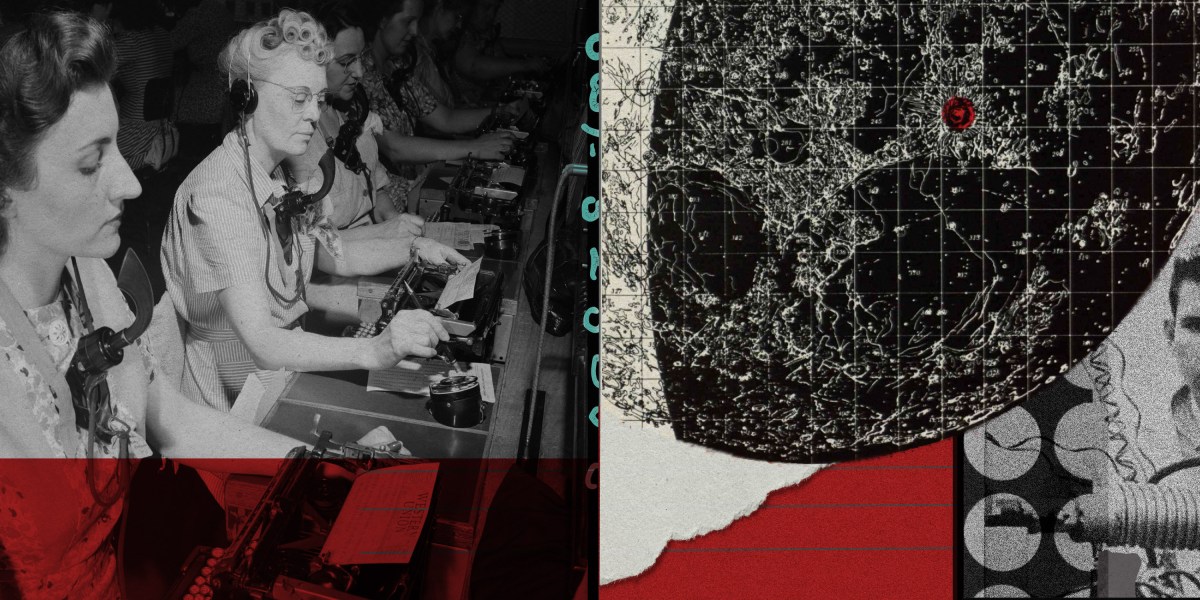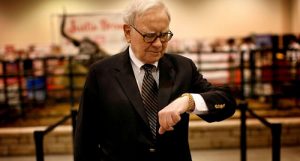The Download: AI job panic, and concussion-preventing mouthguards

It was 1938, and the pain of the Great Depression was still very real. Unemployment in the US was around 20%. New machinery was transforming factories and farms, and everyone was worried about jobs.
Were the impressive technological achievements that were making life easier for many also destroying jobs and wreaking havoc on the economy? To make sense of it all, Karl T. Compton, the president of MIT from 1930 to 1948 and one of the leading scientists of the day, wrote in the December 1938 issue of this publication about the “Bogey of Technological Unemployment.”
His essay concisely framed the debate over jobs and technical progress in a way that remains relevant, especially given today’s fears over the impact of artificial intelligence. It’s a worthwhile reminder that worries over the future of jobs are not new and are best addressed by applying an understanding of economics, rather than conjuring up genies and monsters. Read the full story.
—David Rotman
This high-tech mouthguard might help prevent concussions
When athletes or soldiers have a concussion, the most beneficial course of action is to simply get them off the playing field or out of the action so they can recover. Yet much about head injuries remains a mystery, including the reasons why some impacts result in concussion while others don’t.
New measuring devices, such as the Impact Monitoring Mouthguard, are being developed that could help deliver a wealth of information about head impacts. By giving an immediate warning that a person needs to be removed from action or play, they could help protect soldiers and athletes alike from brain damage. Read the full story.
—David Hambling





